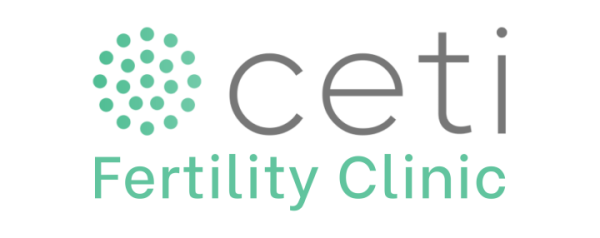
The importance of prenatal diagnosis
Pregnancy is a unique phase in a woman’s life. Medicine has evolved immensely in order to detect risks, prevent complications and monitor situations that may lead to poor maternal and fetal outcomes. Ultrasound is a powerful tool for diagnosing risk situations during pregnancy and, on the other hand, ensuring adequate monitoring of the developing fetus. Prenatal diagnosis, as we know it today, is only possible thanks to ultrasound assessments that are routinely performed at specific times during pregnancy.
First trimester of pregnancy
The first trimester of pregnancy is a period of time that goes from conception to the 14th week of gestation. It is during the first trimester that dietary errors, the ingestion of toxic substances or exposure to maternal infections have the greatest impact on embryonic development, and can lead to malformations that compromise the normal development of the fetus. It is also during this trimester that it is important to ensure an adequate supply of vitamins that prevent some fetal malformations, particularly of the fetus’ nervous system.
The first trimester ultrasound is usually performed between 11 and 14 weeks of pregnancy. This scan confirms fetal viability and corrects the gestational age, which had previously been dated based on the date of the last menstrual period. The number of fetuses is detected and the type of multiple pregnancy is characterized. Several organs in the growing fetus are already visible in this ultrasound scan and, as such, several serious fetal malformations can be detected.
The placenta and some vessels in the mother’s uterus that may be associated with a higher risk of hypertensive complications during pregnancy are assessed. A series of risk parameters, known as “ultrasound markers”, such as nuchal translucency, are investigated in the fetus. At this stage, a calculation of the risk of chromosomal abnormalities, such as Down syndrome, is carried out, which includes ultrasound markers, biochemical markers (maternal blood sample) and maternal age, estimating the probability of the fetus having chromosomal abnormalities. This “combined first-trimester screening” allows the detection of most fetuses with Down syndrome.
When changes occur in this screening or in the first trimester ultrasound, another prenatal diagnostic test may be considered. There are currently two options for further investigation in these situations. One option is to perform a screening test with a higher detection rate than the combined first trimester screening: the non-invasive fetal DNA test. This involves studying portions of fetal DNA that are circulating in the mother’s blood.
Another option is to have an invasive prenatal diagnostic test. There are essentially two invasive prenatal diagnostic tests that can be performed at this early stage of pregnancy: chorionic villus sampling (where a sample of the placenta is taken) and amniocentesis (where a sample of amniotic fluid is taken). Both tests are associated with a risk of miscarriage that can be as high as 1:100 to 1:300.
After a normal first trimester screening and ultrasound, the second important prenatal ultrasound assessment is the “morphological ultrasound”, which is ideally performed between 20 and 22 weeks of gestation. During this ultrasound, several measurements of the fetal dimensions are taken, assessing the amniotic fluid, placenta and umbilical cord. The entire fetal anatomy is assessed using systems to diagnose or exclude structural anomalies of the fetus, particularly those that cannot be diagnosed in the first trimester. Preterm birth screening is also performed by measuring the length of the cervix by ultrasound.
Third trimester of pregnancy
In the third trimester, from 30 to 32 weeks of gestation, the third routine ultrasound scan is performed for low-risk pregnancies. This assessment involves a brief review of the fetal anatomy, with particular emphasis on fetal growth. Deviations in fetal growth are detected. Fetuses that are small for gestational age will require a more detailed assessment of placental function, while fetuses that are large for gestational age will indicate possible deviations in maternal metabolic control and alert to possible implications for the route of delivery.
Prenatal diagnosis is valuable, detecting anomalies, malformation syndromes, fetal and gestational pathologies with prenatal intervention, even in the very early stages of pregnancy. This allows couples to be prepared, to be given options regarding the development of the pregnancy, to seek specific support and even to plan the best place for the birth of their child.
The decision on what additional investigation to carry out when there is any change in the ultrasound scan should ideally be multidisciplinary, taking into account the limitations and risks of some decisions, the clinical condition of the pregnant woman, always clarifying and respecting the couple’s wishes for a shared and informed decision.
However, it is important to be aware that prenatal diagnosis of some minor alterations or those of unknown pathological significance, possibly included in normal human diversity, can lead to overdiagnosis and, consequently, unnecessary interventions and be a source of significant anxiety for couples. On the other hand, it is essential to accept that there are genetic anomalies and syndromes that cannot be prenatally diagnosed or whose prenatal diagnosis can be very difficult, even in optimal situations with good image quality and equipment.
